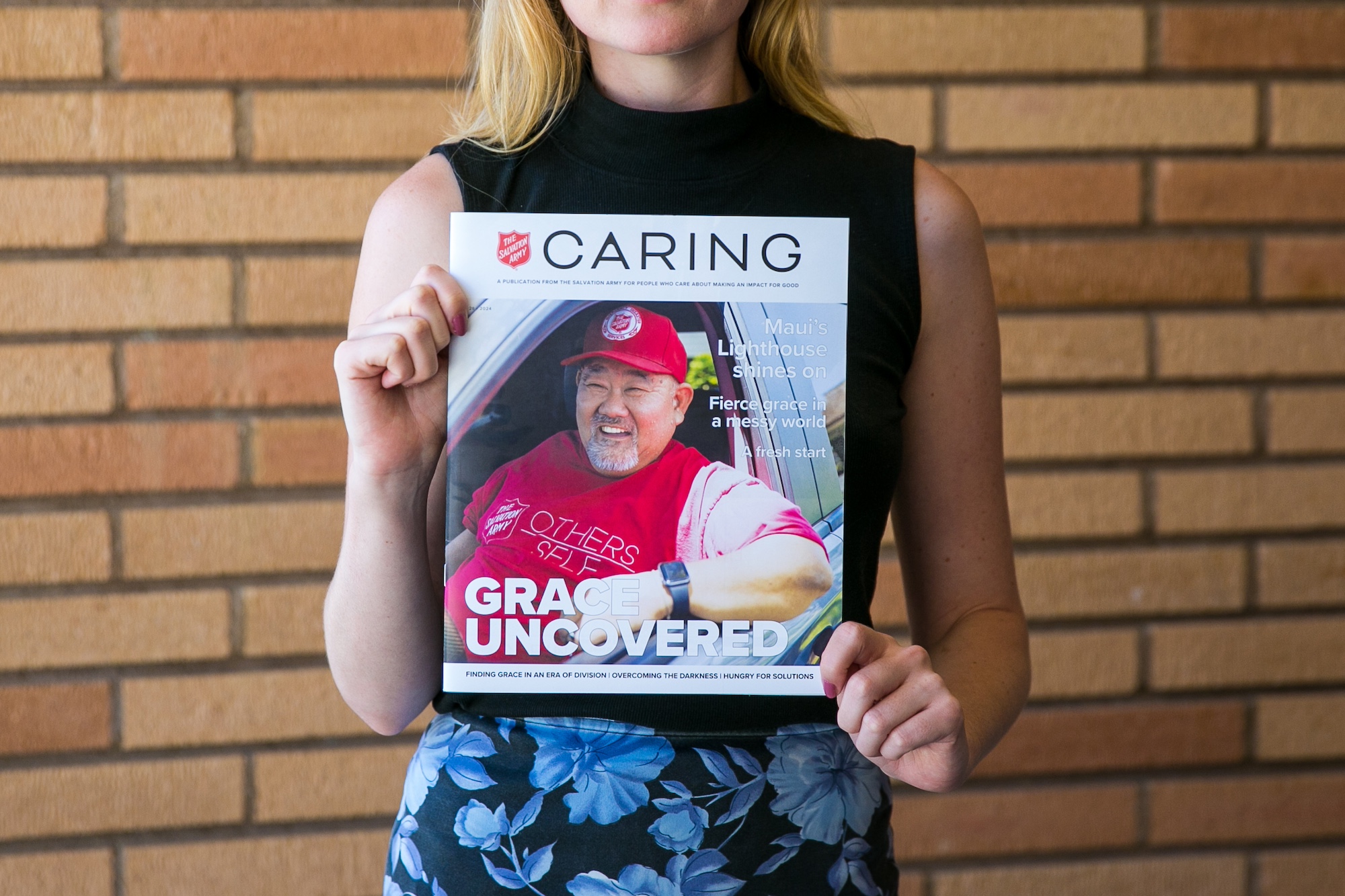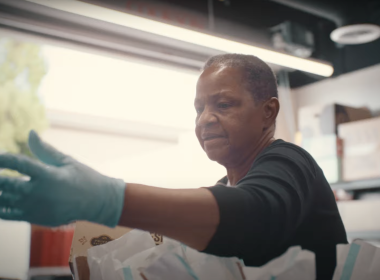BY ROBERT DOCTER –
The interpersonal dance of humans brings with it strong feelings. The rhythms of life change through success and disappointment, joy and sorrow, finding and losing. On occasion, the rhythm seems almost frantic, loud, dominating the scene. At other times the beat slows. The music softens. As the rhythms change, so, too, do the dancers’ movements and the levels of intimacy between them.
Very rarely are the dancers bored. The feelings are strong. Some smile, some seem sad. Some seem tentative. Some move with assurance. Communication between them requires no words. Messages are unspoken. Those dancing together trust each other. There is unity even in separateness. Even missteps are understood and forgiven because the dance itself is more important than the single step.
Always, on the dance floor of life, people move. Things are in a constant state of change. Everyone moves–sometimes as couples, sometimes as groups, sometimes as major organizations. When the music stops, the dancers’ behavior changes, but the dancing never stops. It is what we do with one another. Without the music, however, we do not dance together. Distance between us increases. Some begin to disappear. Some huddle on the floor waiting for the music to begin again. Some stand on the fringe watching to see what others will do. Some grieve the loss of a partner. Some hug closely in the joy of intimacy.
The dance without the music requires each of us to establish our own rhythm–our own melody line. Each individual establishes his or her own pattern of steps and determines the degree to which the dance includes others. Do we step away from others–away from problems — away from the resolution of mutual issues? Do we step to the side in avoidance of matters we must sort out with others? Do we even turn our backs in abandonment on those with whom we have danced? Or, do we step together seeking to resolve the issues that have stopped the music of our lives?
It is in the interpersonal dance of life that we have the opportunity to explore mutually the relationship issues of our existence. How much do we want to be together–how much apart? What do we communicate to our dance partner if we need more time alone? How close do we want to be to one another–how distant? How much do we want to have agreement? How much are we willing to tolerate disagreement and still remain dancers together? How much, in our ignorance, do we insist on similarity? How much will we accept diversity? Is the acceptance of diversity by everyone a recognition of similarity or simply an acceptance of our humanness?
What of the issue of inclusion or exclusion? Do we ever assume that another human being deserves to be excluded from the dance of life? What criteria might I ever create that would allow me to exclude someone from this dance? Would my Creator endorse such criteria? Or might he judge me with the same criteria I have developed to judge others? How inclusive are those around me on my dance floor of life? How inclusive am I?
Is our dance competitive? Do we see life as a contest with winners and losers? What could possibly be the rules of a game of life in which someone is a loser? Do we label ourselves as losers and then begin to take on the persona of one we believe fits that label? Do we assign that label to others? Can it ever be accurate?
Is it even possible for the dance to be anything other than collaborative–even dances where partners are rarely close?
Sometimes, in the dance of life we wander away in our thoughts. We forget our partner. We ignore the music. We lose track of the rhythm. In the process we lose a quality of being. In our self-centeredness we lose that which makes us fully human. We become inauthentic, lost in the trivia of our existence, mindful only of our own neediness, without the vital link of spirit that binds us together.










